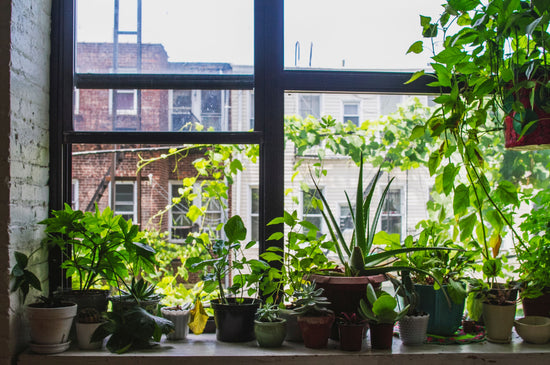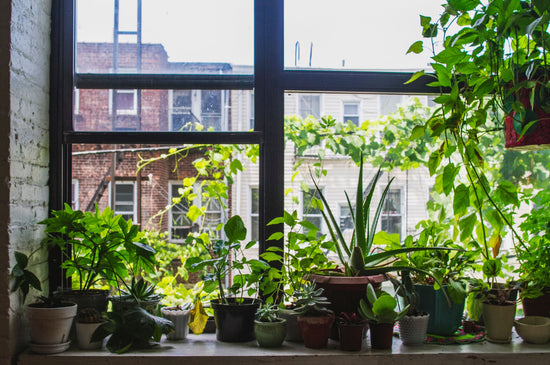Purple Passion Plant Care: A Beginner’s Guide to Gynura Aurantiaca
The Gynura aurantiaca, also known as the Purple Passion Plant or Purple Velvet Plant, is a favorite among indoor gardening enthusiasts. Its velvety purple leaves and easy-care nature make it perfect for both beginners and experienced plant lovers. This guide will walk you through the basics of caring for this stunning houseplant.

Why Choose the Purple Passion Plant?
The Gynura aurantiaca purple passion plant stands out in any indoor garden. Here’s why it’s a must-have:
-
Velvety Elegance: Its soft, shimmering purple leaves add a luxurious touch to any indoor space.
-
Low Maintenance: The Purple Passion Plant is ideal for beginners, thriving with minimal care.
-
Air-Purifying Benefits: It contributes to cleaner indoor air.
-
Decorative Flexibility: Works well in hanging planters, tabletop arrangements, or as part of a larger houseplant collection.
-
Unique Aesthetic: Its vibrant purple color makes it a true conversation starter.
Purple Passion Plant Care Basics
Light Requirements
Bright, indirect light is essential to keep the purple passion plant vibrant. Avoid direct sunlight, which can scorch its leaves, and low light, which can dull its purple hues. Place it near an east or south-facing window for optimal growth.
Watering
Water your Gynura aurantiaca when the top inch of soil feels dry. Overwatering can lead to root rot, so ensure your indoor planter has proper drainage to prevent waterlogging.
Temperature and Humidity
The purple passion plant thrives in temperatures between 60°F and 75°F. High humidity is crucial for its health, so mist it regularly or use a humidifier to mimic its natural tropical environment.
Soil and Fertilizer
Use well-draining soil with added perlite or sand to promote healthy growth. Feed your plant with a balanced liquid fertilizer every 4-6 weeks during the growing season to support its vibrant foliage.
Pruning
Prune your purple passion plant regularly to encourage bushier growth and maintain its shape. Remove any yellow or damaged leaves to keep your plant thriving.
Common Problems and Solutions
-
Yellow Leaves: Usually a result of overwatering. Adjust your watering routine and ensure proper drainage.
-
Fading Purple Color: Insufficient light can dull the leaves. Move the plant to a brighter location with indirect sunlight.
-
Pests: Spider mites and aphids may target the plant. Treat infestations with neem oil or insecticidal soap.
Styling Ideas for Your Purple Passion Plant
-
Hanging Planters: Let its cascading stems create a dramatic effect.
-
Tabletop Displays: Use it as a striking centerpiece in living or dining areas.
-
Indoor Plant Groupings: Pair it with green houseplants for a visually dynamic display.
Where to Buy the Purple Passion Plant
The Purple Passion Plant is a rare and beautiful addition to any home. Explore high-quality plants at Wekiva Foliage and elevate your indoor gardening game today.
FAQ
1. How often should I water my Purple Passion Plant?
Water when the top inch of soil feels dry. Avoid overwatering to prevent root rot.
2. Can the Purple Passion Plant grow in low light?
While it can survive in low light, its vibrant purple color will fade. Bright, indirect light is recommended.
3. Is the Purple Passion Plant pet-safe?
No, the Purple Passion Plant is toxic to pets if ingested. Keep it out of reach of cats and dogs.
4. How do I propagate the Purple Passion Plant?
Propagate the plant using stem cuttings. Place cuttings in water or moist soil until roots develop.
5. What should I do if my plant’s leaves turn brown?
Brown leaves may indicate low humidity or inconsistent watering. Increase humidity levels and establish a steady watering routine.
The Purple Passion Plant is an exceptional houseplant that combines beauty and practicality. Follow these care tips to enjoy its luxurious foliage and vibrant color for years to come.





